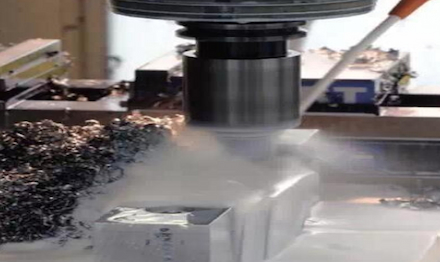What Are You Looking For?
Causes and effects of foaming of metal cutting fluid
Oct 25, 2024Metal cutting fluid is a liquid used in metal processing to cool, lubricate and clean cutting tools and workpieces.
It mainly has the following functions:
1. Cooling: Extend tool life by reducing the heat generated during cutting.
2. Lubrication: Improve cutting efficiency and improve surface quality by reducing friction.
3. Cleaning: It can wash away chips and impurities and keep the processing area clean.
4. Rust prevention: Form a protective film on the metal surface to prevent oxidation and corrosion.

Why does metal cutting fluid foam?
1. Physical factors: Agitation and shearing of bubbles.
2. Chemical composition: Some additives (such as surfactants) increase foaming.
3. Temperature changes: High temperatures may cause changes in liquid properties and accelerate foam formation.
4. Water content: Excessive water content promotes foam generation.
What harm does foam do to metal cutting fluid?
1. Reduced cooling effect: Foam hinders the contact between cutting fluid and tools and workpieces, thereby reducing the cooling effect and causing overheating.
2. Impact on lubrication effect: Foam reduces the lubrication ability of the liquid, increases friction, and causes severe tool wear.
3. Processing quality decline: Foam may leave marks on the processed surface, affecting the finish and dimensional accuracy of the product.
4. Equipment failure maintenance: Foam may cause obstruction of cutting fluid circulation, increase the pumping burden, and ultimately may cause equipment damage.
5. Reduced production efficiency: These factors will affect the overall processing efficiency and extend the production cycle.
Advantages of metal cutting fluid defoamers
1. Improve efficiency: Reducing foam can make the cutting fluid more effective.
2. Improve processing quality: Avoid the negative impact of foam on the processed surface.
3. Extend the life of the liquid: By controlling the foam, reduce liquid consumption and replacement frequency.
4. Economic benefits: Reduce production costs and improve resource utilization efficiency.